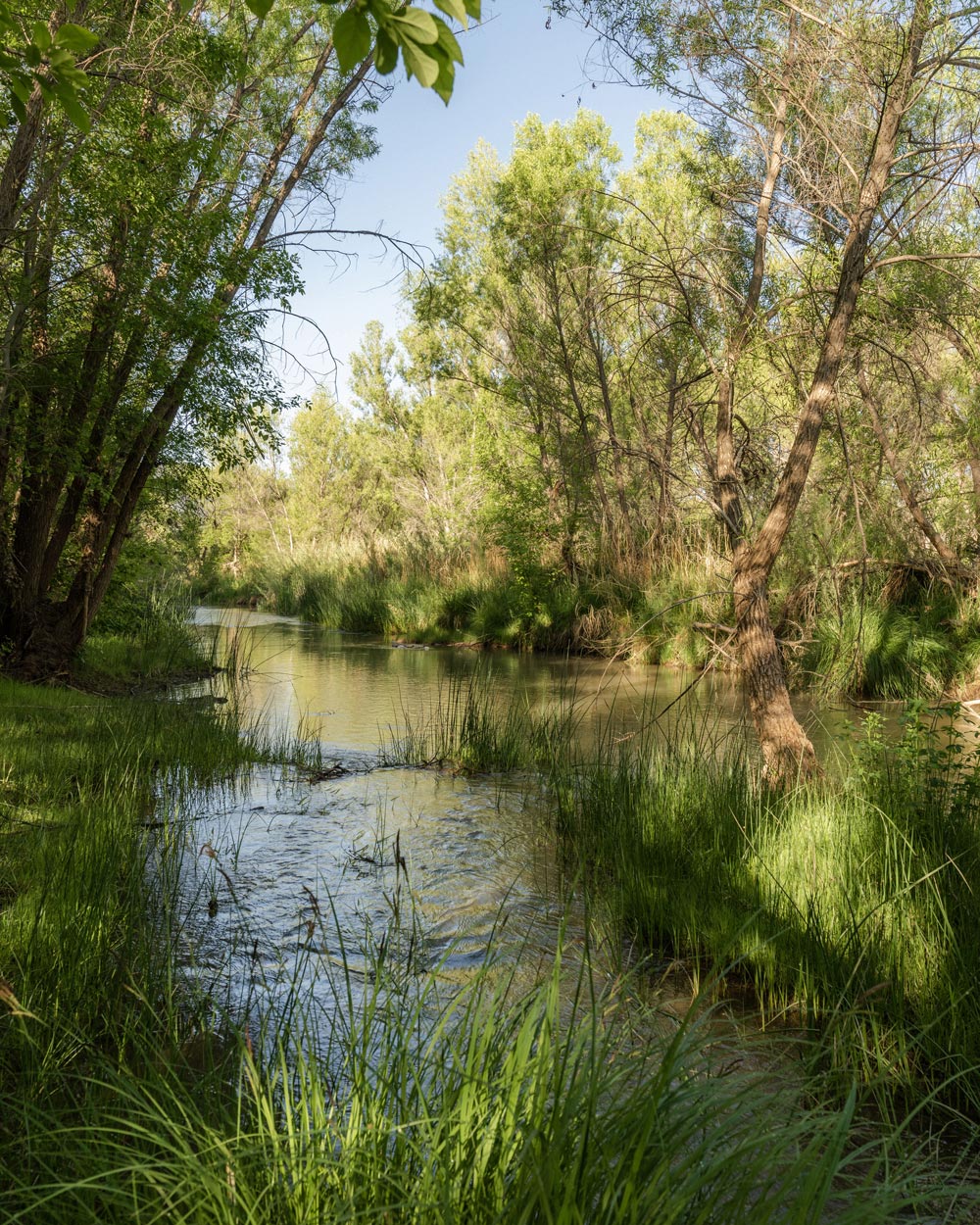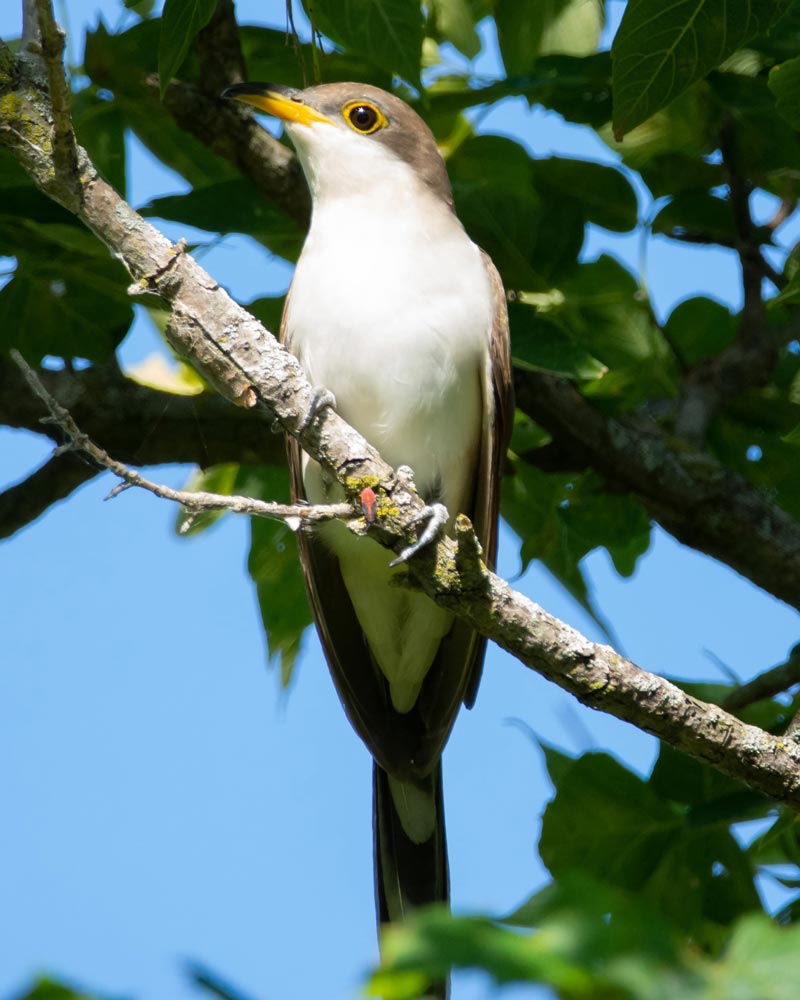Taking action to conserve habitat
Water is a precious commodity in the Arizona desert, and SRP’s mission as a community-based, not-for-profit water and energy company is to serve our customers and communities by providing reliable, affordable and sustainable water and energy. As the nation’s oldest multipurpose Federal Reclamation Project, we have a more than 100-year legacy of protecting and preserving natural and cultural resources through responsible management and conservation.
As part of SRP’s proactive commitment to conserve wildlife while ensuring the regulatory certainty and ability to fully manage and deliver our shareholders’ water supply, we obtained two incidental take permits (ITPs) under Section 10 of the Endangered Species Act (ESA) issued by the U.S. Fish and Wildlife Service (FWS).
The ITPs and associated Habitat Conservation Plans (HCPs) provide ESA coverage for the full operations of Roosevelt, Horseshoe and Bartlett dams and lakes, which are the major sources of SRP’s water supply and storage on the Salt and Verde river drainages.
The HCPs describe the location, magnitude and frequency of impacts to covered species, as well as the conservation measures SRP implements to minimize and mitigate those impacts, and requires SRP to conduct annual field monitoring and reporting to the FWS.


As part of SRP’s proactive commitment to conserve wildlife while ensuring the regulatory certainty and ability to fully manage and deliver our shareholders’ water supply, we obtained two incidental take permits (ITPs) under Section 10 of the Endangered Species Act (ESA) issued by the U.S. Fish and Wildlife Service (FWS).
The ITPs and associated Habitat Conservation Plans (HCPs) provide ESA coverage for the full operations of Roosevelt, Horseshoe and Bartlett dams and lakes, which are the major sources of SRP’s water supply and storage on the Salt and Verde river drainages.
The HCPs describe the location, magnitude and frequency of impacts to covered species, as well as the conservation measures SRP implements to minimize and mitigate those impacts, and requires SRP to conduct annual field monitoring and reporting to the FWS.
The two 50-year ITPs address and fully mitigate impacts to 17 different species, both listed and unlisted on the ESA, that are affected by reservoir operations. The original Roosevelt HCP (RHCP), issued in 2003, covered four listed species known to occur within the reservoir at that time: the southwestern willow flycatcher, western yellow-billed cuckoo, Ridgway’s rail and the bald eagle. In 2010, northern Mexican gartersnakes were detected in lower Tonto Creek near Roosevelt. The gartersnake was subsequently listed as threatened under the ESA in 2014. Following three years of research and surveys for the gartersnake in lower Tonto Creek, SRP initiated the process to amend the RHCP to add coverage for the snake, and a final amended ITP was issued in March 2024.
As part of the HCP to offset and mitigate impacts to covered species at Roosevelt Lake, SRP acquired and manages more than 2,700 acres of riparian habitat on the San Pedro, Gila and Verde rivers in Arizona. These lands are protected in perpetuity to ensure that high-quality habitat remains available for flycatchers, cuckoos, eagles, rails and other riparian-dependent species. Surveys for flycatchers and cuckoos are conducted on an annual rotation and both species continue to utilize the various properties. Under the RHCP amendment, SRP implements conservation measures to minimize and mitigate the impacts to the gartersnake with a goal to improve habitat conditions for gartersnake populations in Tonto Creek basin. Measures include non-native fish removal and compliance monitoring in Tonto Creek, subsequent stocking of native fish and frogs following non-native fish removals, and rearing native fish and frogs. These mitigation and conservation measures will be implemented throughout the permit term, which spans about 25 years.

The Horseshoe-Bartlett Reservoirs HCP (H-B HCP) was issued in 2008 and covers 16 species including the southwestern willow flycatcher, western yellow-billed cuckoo, bald eagle, narrow-headed gartersnake, northern Mexican gartersnake, lowland leopard frog and 10 native fish species. Flycatcher and cuckoo mitigation measures include operations of Horseshoe Reservoir to support tall, dense vegetation at the upper end of the reservoir.
Mitigation efforts for covered native fish, frogs and gartersnakes include operations of Horseshoe Reservoir to minimize non-native fish production. Additionally, SRP works collaboratively with the Arizona Game and Fish Department to fund and support native fish production at Bubbling Ponds Fish Hatchery which are stocked back into the Verde and Salt river watersheds.

The Horseshoe-Bartlett Reservoirs HCP (H-B HCP) was issued in 2008 and covers 16 species including the southwestern willow flycatcher, western yellow-billed cuckoo, bald eagle, narrow-headed gartersnake, northern Mexican gartersnake, lowland leopard frog and 10 native fish species. Flycatcher and cuckoo mitigation measures include operations of Horseshoe Reservoir to support tall, dense vegetation at the upper end of the reservoir.
Mitigation efforts for covered native fish, frogs and gartersnakes include operations of Horseshoe Reservoir to minimize non-native fish production. Additionally, SRP works collaboratively with the Arizona Game and Fish Department to fund and support native fish production at Bubbling Ponds Fish Hatchery which are stocked back into the Verde and Salt river watersheds.
Furthermore, SRP also works in partnership with many local communities to preserve and protect our state’s unique natural resources. For example, SRP collaborates with Verde, Gila and San Pedro watershed organizations, such as Friends of the Verde River, to protect and restore streamflows, native riparian habitat and the associated wildlife in those areas. This work also provides economic benefits as it supports recreation, tourism, agriculture and other community priorities. SRP proudly continues to manage our precious water supply and serve our customers while supporting Arizona’s diverse native wildlife that coexist in the desert landscape.

